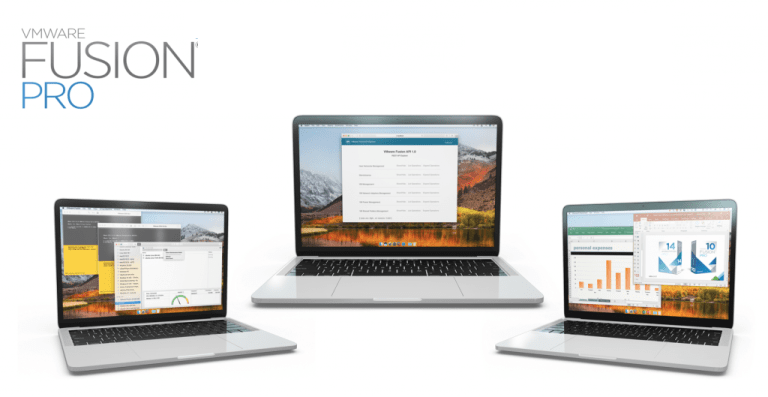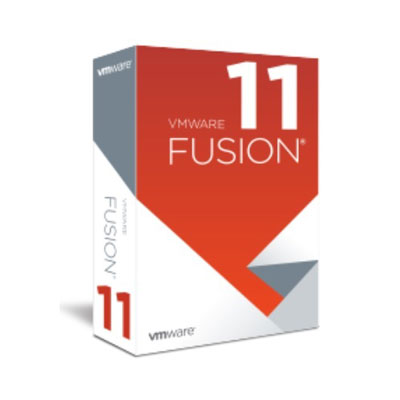


It is important for optimum GNS3 performance that an Idle-PC value be selected.
#Vmware fusion pro ova serial
Again, it’s device dependent on whether WIC slots are available, but WIC-1T and WIC-2T serial modules will be available on devices that support WICs.
#Vmware fusion pro ova install
Which adapters you can add, and how many slots you are allowed to install adapters to is device dependent. With this c3725 image, we can only add adapters to slots 0, 1, and 2, with slot 0 prepopulated with GT96100-FE dual Fast Ethernet adapter. Set the Default RAM value to the value recommended by the Cisco Feature Navigator (yours may be different to the screenshot) and click 'Next': The minimum DRAM requirements for the IOS are displayed.

Select Image Name and enter the name of the image you are using: The Cisco Feature Navigator is opened in your default web browser. Click the Check for minimum and maximum RAM requirement option: It is important that you check your Router's minimum memory requirements using the Cisco website. Confirm the Platform selection, and configure the router Name as desired and click 'Next':Ī Default RAM setting is displayed. The image is automatically uploaded to the GNS3 VM (this may take a few moments, depending on the speed of your PC, and the size of the image/VM). This is recommended for a better user experience, as IOS image decompression can take several minutes, even on physical hardware. GNS3 can decompress IOS images to allow for quicker booting of routers in your GNS3 topologies. Click 'Browse…' to find a local IOS image on your computer:īrowse to the folder where you have stored your Cisco IOS images (you must supply your own), select the image and click 'Open': The New IOS router template window displays. In the New IOS router template window, select Run the IOS router on the GNS3 VM and click 'Next': In the GNS3 GUI, click Edit->Preferences->IOS Routers, to reach the correct section we need to be in:Ĭlick 'New' to begin manually importing and configuring the image. Other articles ( here and here cover importing devices via those appliance templates via the aforementioned Import Appliance wizard, even compatible IOS images. GNS3 is not limited to just those IOS images. While devices are normally installed using appliance templates found in the GNS3 Marketplace (via the Import Appliance wizard), we’ll manually add a router using a compatible IOS image, just for a quick example. Once booted successfully, the IP address of the GNS3 VM will be displayed: That’s perfectly normal, as it’s due to GNS3 starting the GNS3 VM up: You may see a pop up saying “Please Wait”. The next page will show a summary of the settings you chose for the GNS3 VM.
#Vmware fusion pro ova windows
On a desktop with an i7 quad-core CPU with hyperthreading and 32GB RAM, allocating the GNS3 VM 4-6 vCPUs and 16GB RAM will allow for respectable GNS3 topologies to be running, while still reserving enough resources to task switch between GNS3 and Windows (or Linux).Īfter making your allocation choices, click 'Next': The below example uses a minimal resource allocation, as it’s being run on a laptop. A good rule of thumb is to assign it half the total amount of available vCPU cores and physical RAM available in your PC. You can adjust the settings later using the GNS3 GUI. However, if you want to run large topologies with many devices, more CPU cores and RAM are recommended. GNS3 recommends a minimum of 1 vCPU core and 2GB RAM. You’ll need to refer to the relevant documentation of the antivirus suite you run, in order to perform this step. Create exception/whitelist entries in your antivirus suite for the gns3server, ubridge, and dynamips executables (or just the entire GNS3 installation directory, if possible).Confirm the path to the gns3server.exe file is correct, and try a different address/port for the host binding.If this connection attempt was unsuccessful for any reason, there possible remedies are to: Click 'Next'.Ī connection validation screen will appear: Selecting the 127.0.0.1 local loopback address tends to be the most trouble-free option to use as a host binding, but the dropdown menu does contain additional options. For a Local Server (Dynamips) configuration click here.Įven though you’ll be using the GNS3-VM to perform the “heavy lifting” of running your VMs/images/containers, it’s still necessary to configure the local server settings in GNS3 before proceeding with the remaining process of configuring the GNS3-VM.Įnsure that the path to the gns3server executable is correct (typically C:\Program Files\GNS3 in a default installation), and select a Host binding and Port. This guide explains the Local GNS3 VM server configuration.


 0 kommentar(er)
0 kommentar(er)
